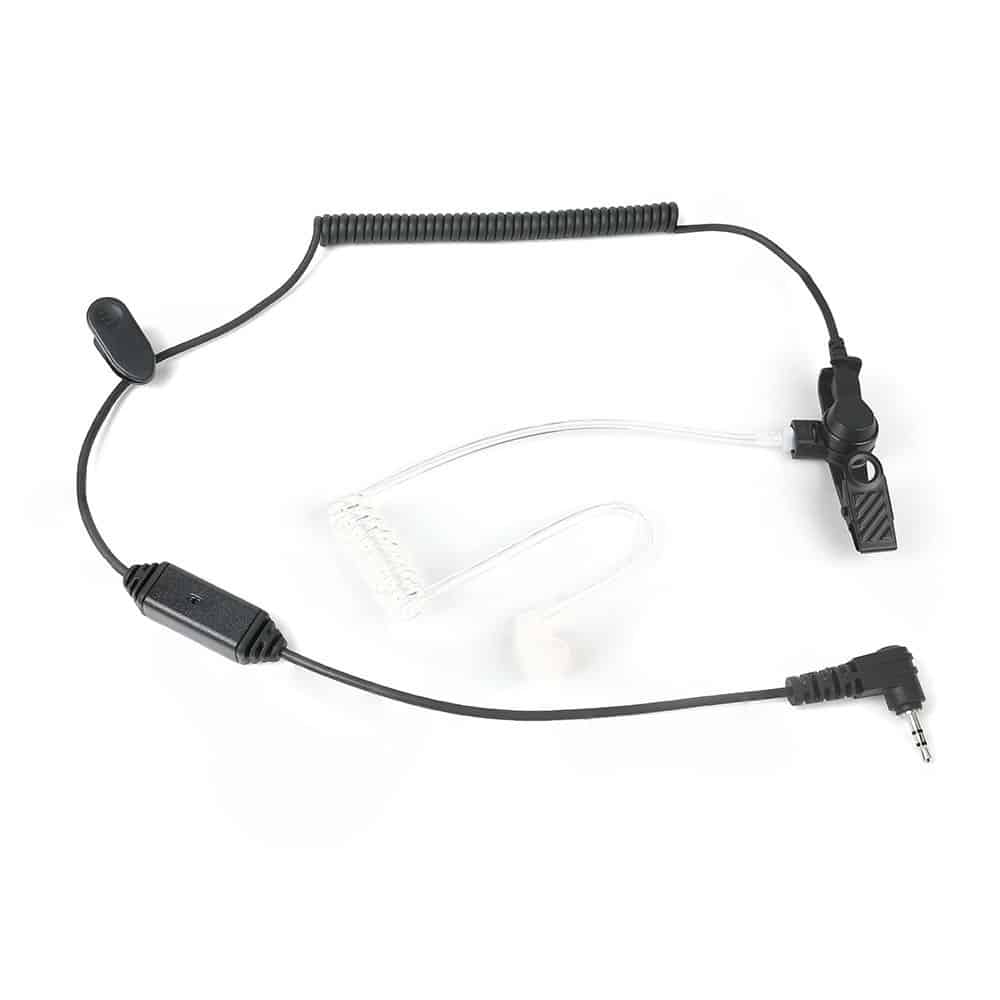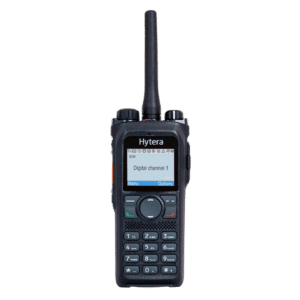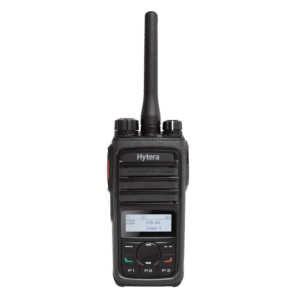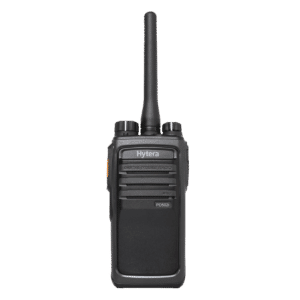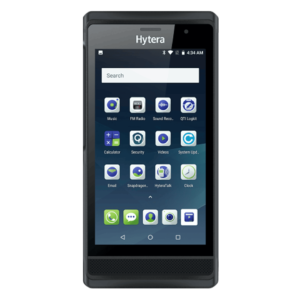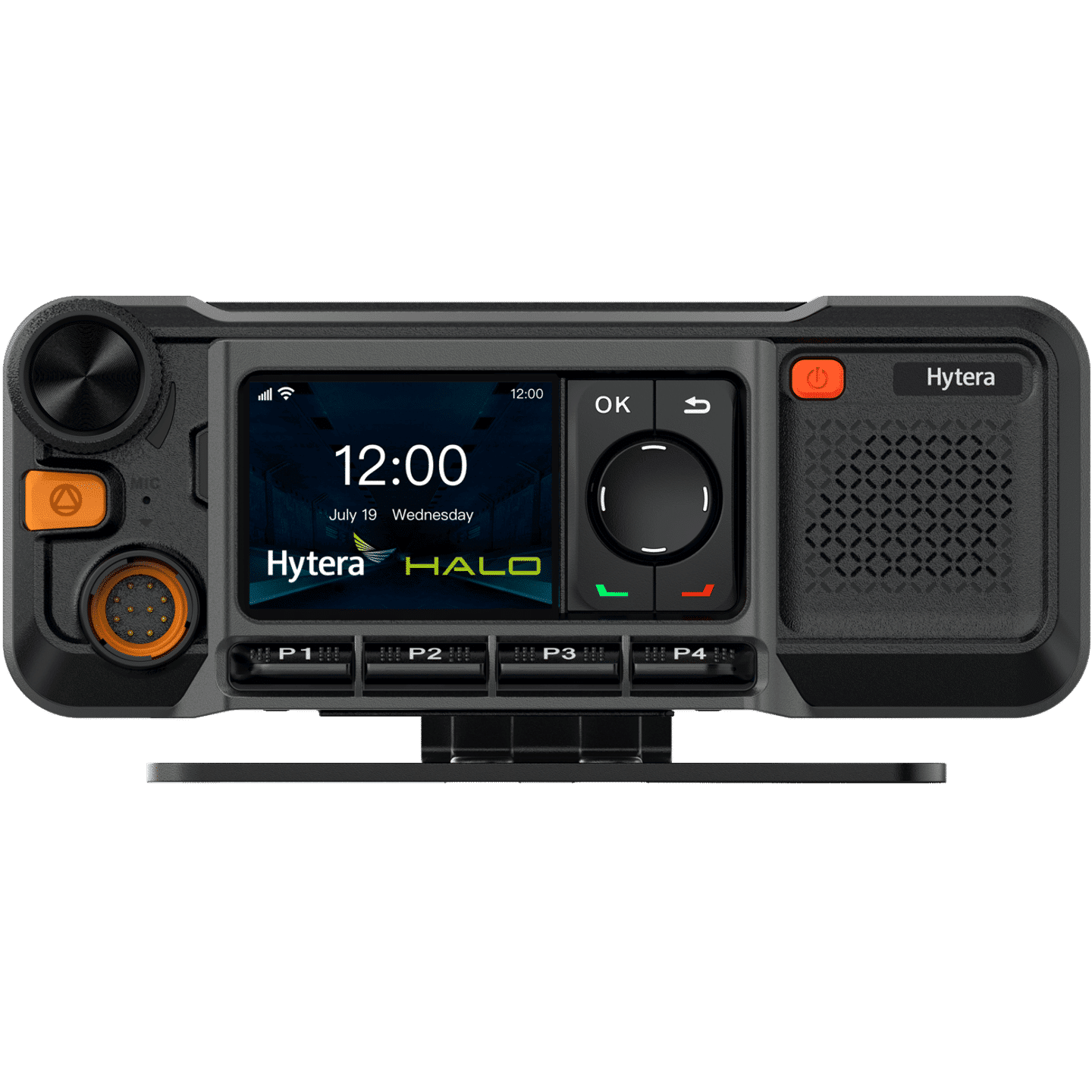First let us define our terms: Whereas speech recognition relates to the content of what is being said, voice recognition focuses on identifying the speaker and attributing each instance of speech to the correct speaker. Voice recognition is found in applications like biometric security systems and caller ID to identify the user or caller based on his or her unique voice patterns.
Therefore, speech recognition is about what is being said, while voice recognition is about who is saying it.
However, these days most companies offering products use the terms “speech recognition” and “voice recognition” interchangeably.
The contemporary user of headsets is likely unaware of the rich history of speech recognition and how the technology has greatly shaped the evolution of headsets and earpieces, transforming them from simple audio devices into sophisticated, interactive tools.
Speech recognition is highly sensitive to noise and other environmental factors. Earpieces, especially those used in mobile or outdoor environments, must deal with a variety of noises—wind, traffic, crowds—that can degrade the accuracy of speech recognition. Early attempts at integration often struggled with this, as the algorithms at the time were not robust enough to distinguish between the user’s voice and background noise.
The early 2000s marked the beginning of integrating speech recognition technology into headsets and earpieces, driven by the rise of mobile phones and Personal Digital Assistants (PDAs). Bluetooth headsets, which had become popular for hands-free communication, began to incorporate basic voice command capabilities. This allowed users to control their devices without needing to physically interact with them.
One of the earliest examples of this integration was the incorporation of voice dialing features in Bluetooth headsets, which enabled users to dial numbers using voice commands. Companies like Plantronics and Jabra were pioneers in this space, offering headsets that supported basic voice commands for mobile phones.
Hardware Limitations and Noise Interference: One of the first significant challenges in integrating speech recognition with headsets and earpieces was overcoming hardware limitations. Early headsets were primarily designed for voice transmission and did not have the necessary processing power or memory to support complex voice recognition tasks. This was compounded by the small size of the devices, which limited the ability to include advanced processing chips or large batteries.
Moreover, speech/voice recognition technology is highly sensitive to noise and other environmental factors. Earpieces, especially those used in mobile or outdoor environments, must deal with a variety of noises—wind, traffic, crowds—that can degrade the accuracy of speech recognition. Early attempts at integration often struggled with this, as the algorithms at the time were not robust enough to distinguish between the user’s voice and background noise.
Advances in Noise Cancellation and Audio Processing
To address these issues, advancements were made in both hardware and software. One of the key developments was the improvement of noise cancellation technology. Noise-cancelling microphones, which use multiple microphones to capture and subtract ambient noise, were integrated into headsets and earpieces. This allowed the user’s voice to be isolated from background noise, improving the accuracy of voice recognition systems.
Digital Signal Processing (DSP) also played a major role in refining audio input before it reached the recognition algorithms. DSP techniques allowed for real-time processing of audio signals, enhancing the clarity and quality of the voice input. This preprocessing step ensured that the voice recognition system received clean, high-quality audio data, even in noisy environments.
The Rise of Smart Assistants: 2010s to Present: The 2010s brought a significant leap forward in speech recognition technology with the introduction of smart assistants like Apple’s Siri (2011), Google Now (2012), Amazon’s Alexa (2014), and Microsoft’s Cortana (2014). These assistants leveraged advanced recognition algorithms and cloud computing to understand and execute complex voice commands.
With the rise of these smart assistants, headset and earpiece manufacturers began integrating speech recognition more deeply into their products. For instance, Apple’s AirPods (released in 2016) allowed users to interact with Siri hands-free, setting a new standard for earpiece functionality. Similarly, Jabra’s Elite series incorporated voice assistants like Alexa and Google Assistant, providing users with the ability to manage their schedules, send messages, and control their smart home devices directly from their earpieces.
Role of Algorithms: Hidden Markov Models and Beyond: At the heart of speech recognition systems are the algorithms used to interpret and process speech. Historically, one of the most foundational algorithms in this field is the Hidden Markov Model (HMM). HMMs have been extensively used in voice recognition due to their ability to model the temporal variability of speech. Speech is inherently sequential, with certain sounds and words following others in a probabilistic manner. HMMs are well-suited to capture these sequential patterns, allowing the system to predict the likelihood of certain word sequences.
HMMs work by modeling the acoustic features of speech as a series of states, with transitions between states governed by probabilities. This probabilistic approach allows the system to manage variations in speech, such as different accents, speaking speeds, and intonations, making it more robust in real-world applications.
However, as voice recognition technology evolved, so did algorithms. In recent years, neural networks, particularly deep learning models like Long Short-Term Memory (LSTM) networks and Convolutional Neural Networks (CNNs), have increasingly been used. These models can process large amounts of data and learn complex patterns, improving the system’s ability to recognize and understand speech in varied and noisy environments.
Current Developments and Future Trends
Today, speech recognition technology in headsets and earpieces has become more sophisticated, allowing for natural language processing, contextual understanding, and even real-time translation. Companies like Bose, Sony, and Samsung have integrated speech assistants into their wireless earbuds, making them essential tools for managing daily tasks.
The integration of speech recognition technology in headsets and earpieces benefits from a combination of advanced algorithms, sophisticated noise cancellation techniques, and powerful on-device processing. For example, modern devices often use a combination of HMMs for probabilistic modeling and deep neural networks for feature extraction and pattern recognition. This hybrid approach allows for more accurate and efficient speech recognition, even in challenging acoustic environments.
Furthermore, cloud-based processing has become an important component, allowing devices to offload some of the computationally intensive tasks to remote servers, thereby reducing the load on the device itself while accessing more powerful processing capabilities.
Looking forward, future challenges may involve improving the real-time processing capabilities of earpieces, further reducing latency, and enhancing personalization, where the system adapts to the user’s voice and environment over time. Additionally, advancements in AI, particularly in natural language processing and context-aware computing, are likely to push the boundaries of what speech recognition systems in earpieces can achieve.
Moreover, the future of speech and voice recognition in earpieces is likely to involve even greater integration with AI, enabling more personalized and intuitive user experiences. We can expect advancements in noise cancellation, context-aware responses, and seamless interaction with a wide array of digital services.
The Headset Future: Miniaturization, AI, and Beyond
The future of headset/earpiece technology promises even more exciting developments:
- Further miniaturization, pushing the boundaries of what’s possible in a compact form factor
- Extended battery life, addressing one of the key challenges of wireless technology
- Deeper integration with voice recognition and artificial intelligence, transforming earpieces into intuitive, context-aware digital assistants
Thus, these devices will be designed not just for listening but for seamless interaction with the greater digital world.
There’s a Headset Out There for You
Modern headset / earpiece technology is characterized by a blend of comfort, sound quality, and smart features like noise cancellation and voice assistants.
Today’s earpieces are marvels of engineering, offering a perfect blend of comfort, superior sound quality, and smart features such as active noise cancellation and voice assistant integration.
The Cardinal Communications Difference
At Cardinal Communications, we believe that truly exceptional headset/earpieces should excel in all these areas. But more than that, we understand that a truly outstanding headset is more than the sum of its parts. It’s a carefully crafted tool that enhances communication, productivity, and user satisfaction across various professional and personal scenarios.
Our commitment to excellence drives us to continually innovate, incorporating user feedback and emerging technologies to create headsets that not only meet but exceed expectations. Whether you’re a retail associate requiring crystal-clear communication in a bustling environment, a trucker on the road, remote professional navigating virtual meetings, or an individual seeking seamless integration with voice assistants, our range of headsets is designed to elevate your audio experience.
Experience the pinnacle of wireless communication with Cardinal Communications. Discover the difference that a well-crafted earpiece can make. Our meticulously engineered headsets can enhance your daily communications, making every conversation, command, and connection clearer, more comfortable, and more efficient than ever before. ■


